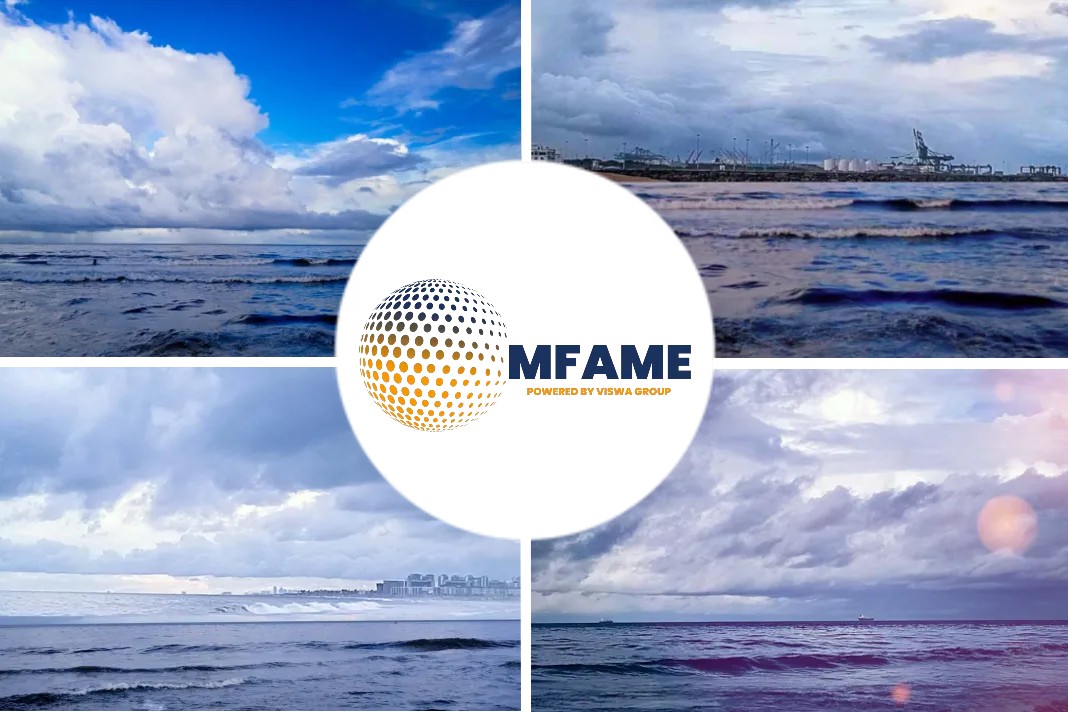Port State Control authorities in the Paris MOU region refused access to more ships last year than the previous year: 20 bans compared to 11 in 2015.
Annual report:
The latest annual report from the Paris MOU showed that the percentage of ships detained increased from 3.4% to 3.8%. The number of detainable deficiencies increased to 7.3% compared to 2015. The number of inspections carried out was 17,840, slightly less than in 2015 (17,877).
In 2016 Port State Control Officers in the Paris MoU region carried out a three-month Concentrated Inspection Campaign (CIC) on Maritime Labor Convention (MLC) compliance. The aim was to verify that the minimum standards for working and living conditions had been implemented on board. The Paris MoU is satisfied with the overall result. A total of 3674 questionnaires for the CIC have been completed during regular inspections. The campaign resulted in 42 detentions (1.1%) directly linked to the MLC requirements.
Banned for multiple reasons:
Over the past three years most ships have been banned for multiple detentions (46). Five ships have been banned for a second time. A significant number of ships (five) were banned for failing to call at the indicated repair yard. The one remaining case involved a ship which “jumped the detention”, by sailing without authorization. Over a three year period the flags of the Republic of Moldova, the United Republic of Tanzania and Togo have recorded the highest number of bannings.
Categorized based on 3 lists:
Looking at the Paris MoU “White, Grey and Black List.” the overall situation regarding the quality of shipping seems to be stabilizing. Although some flag states have changed lists, the total amount of 42 flags on the “Whitelist” is similar to 2015 (43).
This year there were no new entries to the “White List”. The Republic of Korea moved from the “White List” to the “Grey List”. Saint Vincent and the Grenadines moved from the “Black List” to the “Grey List”. Palau and Vanuatu moved from the “Grey List” to the “Black List”. In 2016 there were 12 flags on the “Blacklist” (11 in 2015), with the Republic of the Congo recording the worst performance.
Recognized Organisations (ROs) are delegated by flag States to carry out statutory surveys on their behalf. For this reason, it is important to monitor their performance. For several years the Paris and Tokyo MoU have made a joint submission to IMO addressing the correlation between flags and the ROs working on their behalf. The results are also published in the Paris MoU Annual Report. It is useful information for the industry in determining the risks posed by substandard shipping.
After a slight decrease of the total number of inspections in 2015 to 17,877 the number has decreased again in 2016 to 17,840. Since 2011 (the start of the New Inspection Regime, NIR) the average detention percentage has shown a small annual increase until 2013 (3.8%), after which a significant decrease was recorded in2014 (3.4%) with a same level in 2015 (3.4%). However, this year an increase to 3.8% was recorded. This is the highest level since the introduction of NIR in 2011. The level of detainable deficiencies has also increased this year to 3,769, a 7.3% increase compared to 2015.
Risk Categorization:
As the states with the highest number of ship calls Spain, Italy, United Kingdom, the Netherlands, Russian Federation, Germany and France, together carried out over 51% of the total number of inspections, but each member contributes to the inspection efforts by means of the fair share mechanism. High Risk Ships have been operating mostly in the southern part of the region, while Low Risk Ships have been calling in the north-western part of the region.
With 1,213 inspections and 227 detentions, the ships flying a “black listed flag” had a detention rate of 18.7%, which is considerably higher than the 11.2% in 2015 and 11.7% in 2014. For ships flying a “grey listed flag” the detention rate was 5.5%, which is significantly lower than 8.6% in 2015. For ships flying a “white listed flag” the detention rate was 2.6% which is at the same level as 2015 (2.5%) and 2014 (2.4%).
The five most frequently recorded deficiencies in 2016 are as follows:
- “ISM” (4.4%, 1838),
- “fire doors/openings in fire-resisting divisions” (2.6%, 1078),
- “nautical publications” (2.5%, 1049),
- “charts” (2.2%, 922) and
- “oil record book” (1.7%, 706).
These are consistent with 2015.
Did you subscribe for our daily newsletter?
It’s Free! Click here to Subscribe!
Source: Paris MOU


















